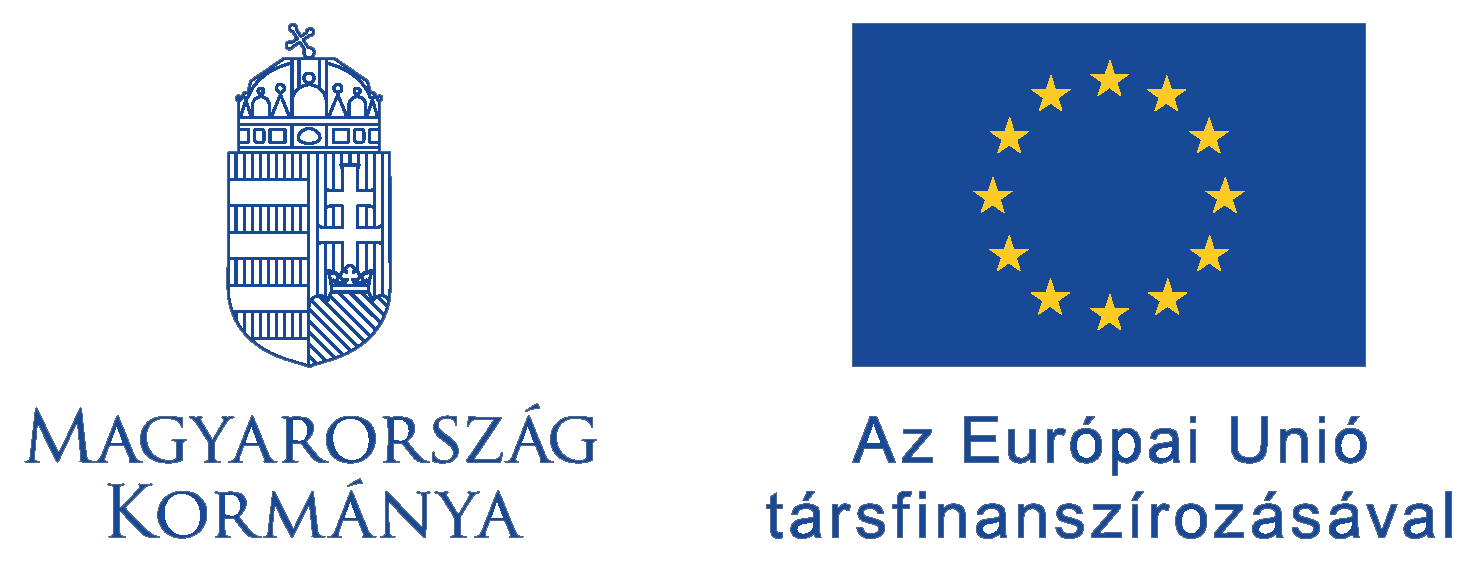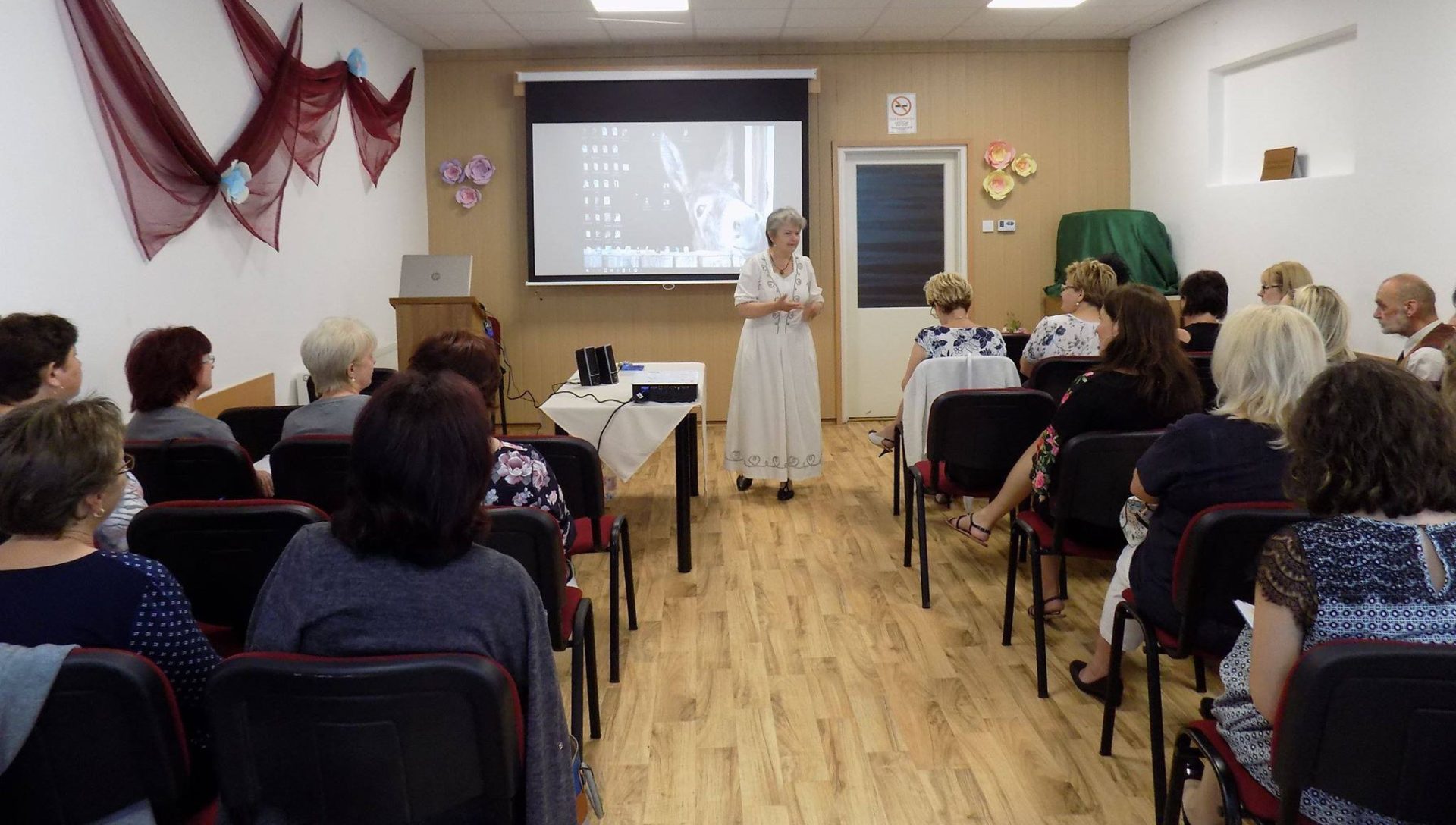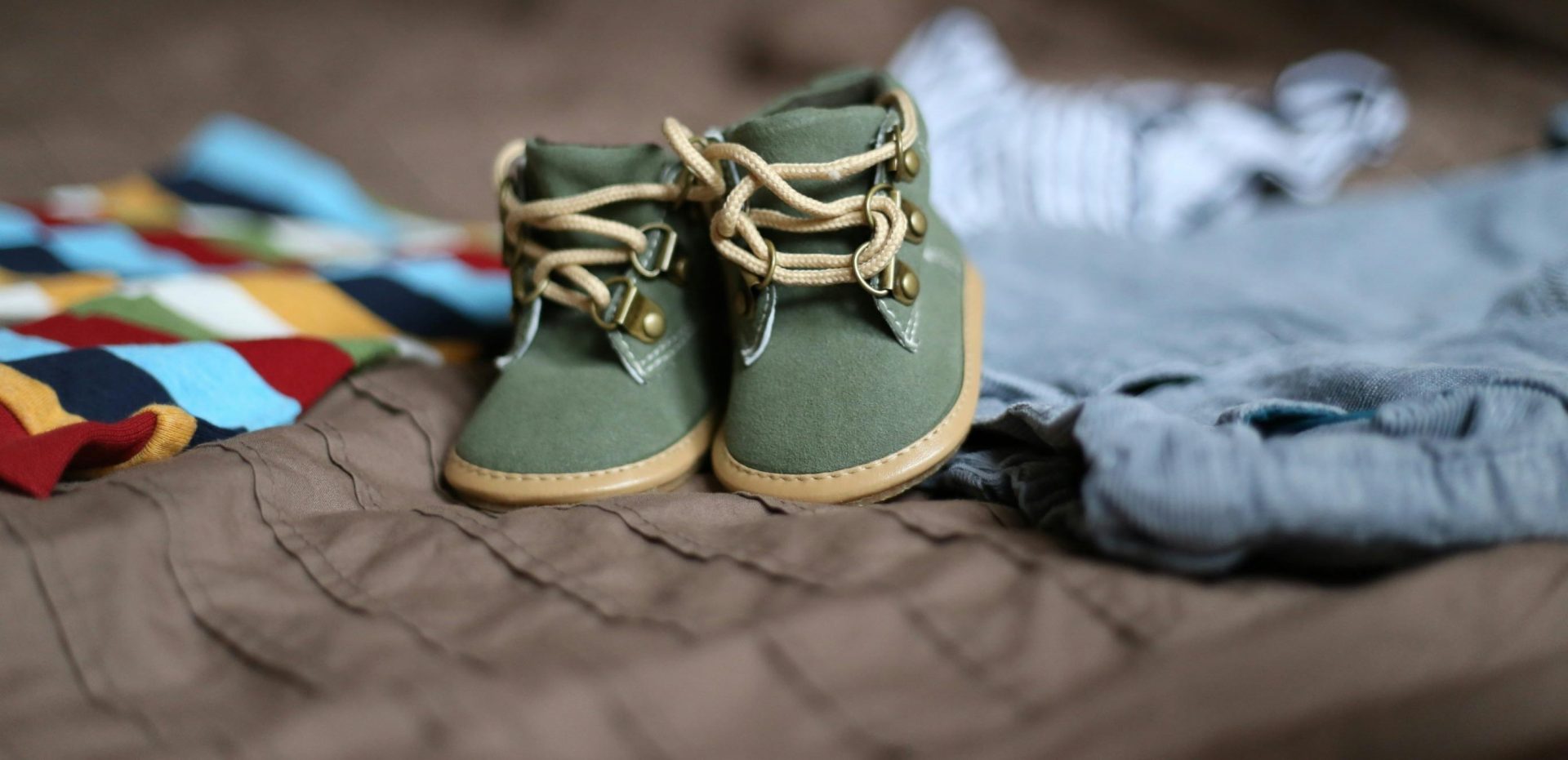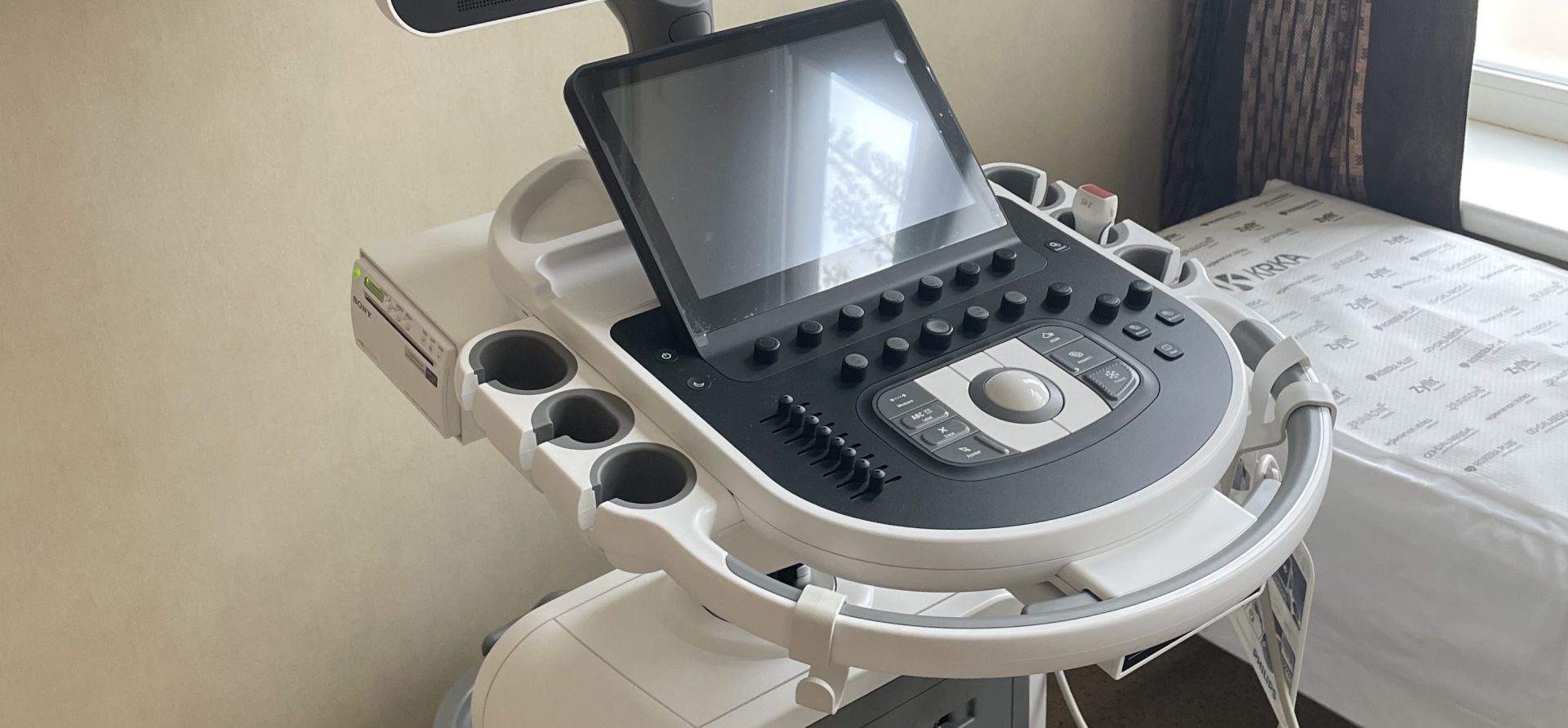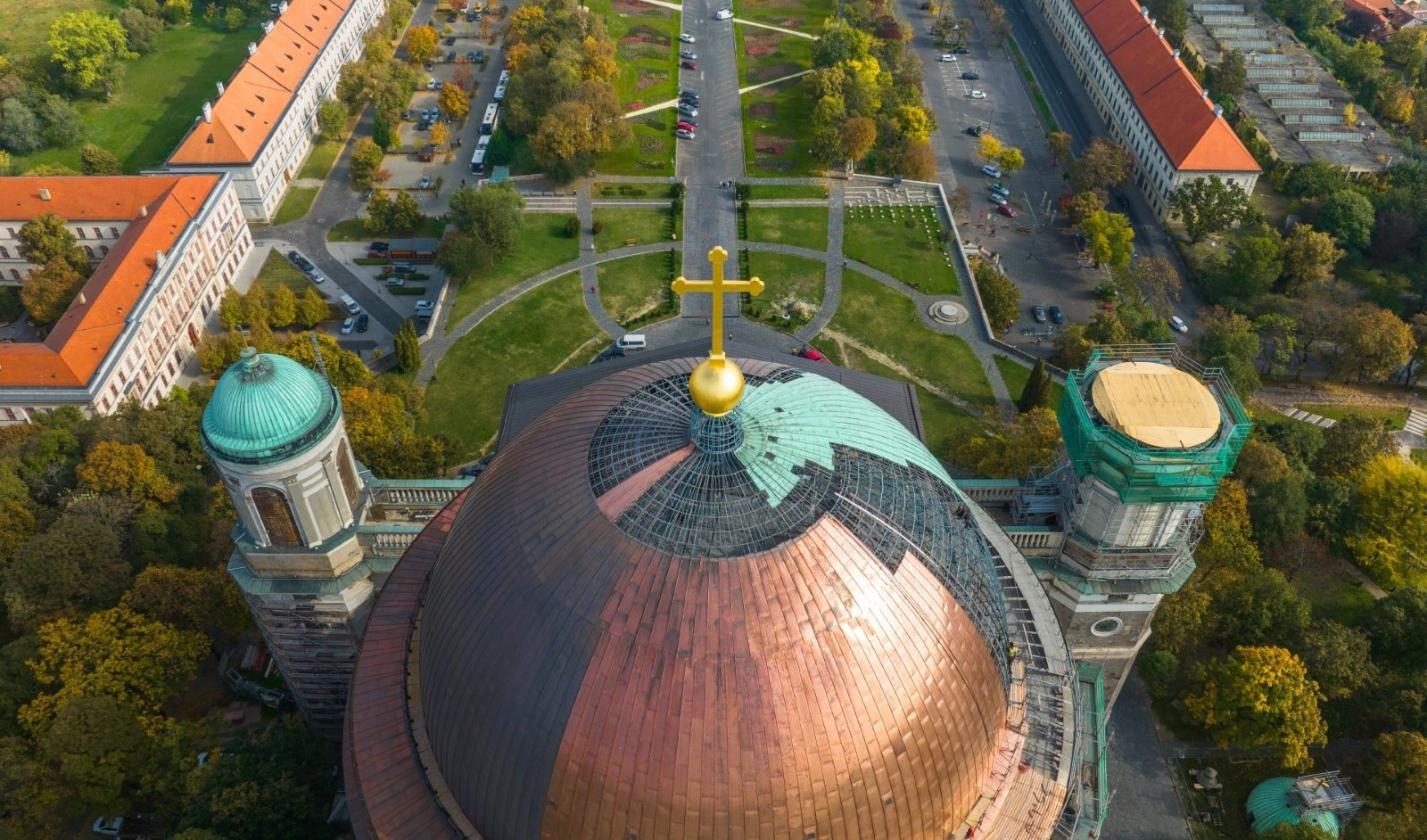In addition to creating a healthy, safe, equally accessible, and motivating environment for children, the large-scale renewal of the children’s homes operated by the Szent Zotikosz Child Protection Institution also aimed to renovate outdated buildings both aesthetically and technically, as well as to establish cost-efficient operations.
The Szent Zotikosz Child Protection Institution has been under church maintenance since 2013. As an organizational unit of the Diocese of Miskolc, its activities primarily focus on residential child care, including special and extraordinary residential child care and aftercare. Additionally, it is involved in organizing and maintaining the foster parent network, as well as overseeing the care of children placed with foster families, alongside its other church-related activities. The institution operates within the administrative area of Borsod-Abaúj-Zemplén County.
The institution operates a total of 11 residential homes, each accommodating 10 to 16 minors, across six settlements. All the children living here come from severely disadvantaged backgrounds. Their project, titled “Exterior Renovation and Accessibility Enhancement of Children’s Homes Maintained by the Diocese of Miskolc”, was co-financed by the European Union and enabled the modernization of all 130 available places. The project included replacing doors and windows, upgrading mechanical and electrical systems, ensuring accessibility, and, in some cases, replacing roof coverings, carrying out flooring and painting work, as well as adding external facade insulation. These improvements were essential to providing a modern, accessible, and sustainable service for all. As a result, renovations were completed on four residential homes in Meggyaszó, one each in Garadna, Novajidrány, Abaújszántó, and Abaújkér, and three in Hernádvécse, along with the renovation of the central office building belonging to Rózsakert Home.
The successful development has created a modern environment that meets contemporary standards for both the children living in the institutions and the professional staff working there. Additionally, by enhancing the appearance of the buildings, the project has also improved the overall image of the settlements. It is also noteworthy that these investments have contributed to the development of districts targeted for complex improvement programs.
As a result, the living conditions of children placed in care under child protection measures have improved. The residential home system provides more space for the individual education, development, and social integration of minors, as well as for maintaining family connections when possible. These modern homes, harmonizing with their surroundings, encourage children to aspire beyond social marginalization and ensure livable, sustainable conditions for them.
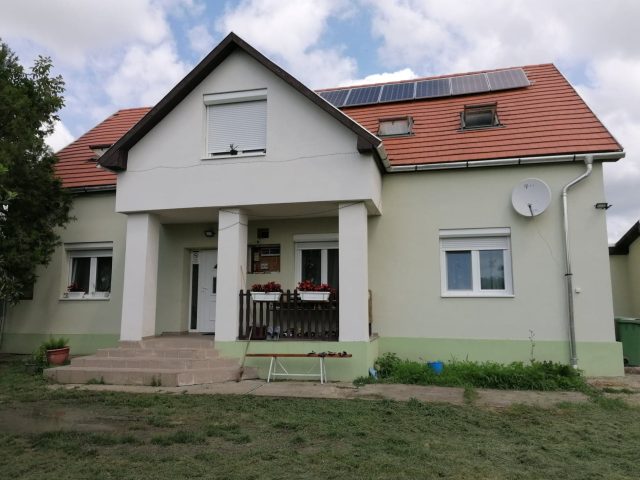
The development was implemented from EU funding in the project EFOP-2.1.1-16-2016-00004 under the Human Resource Development Operational Programme.
Find out more about the project in the Project Finder:Details


